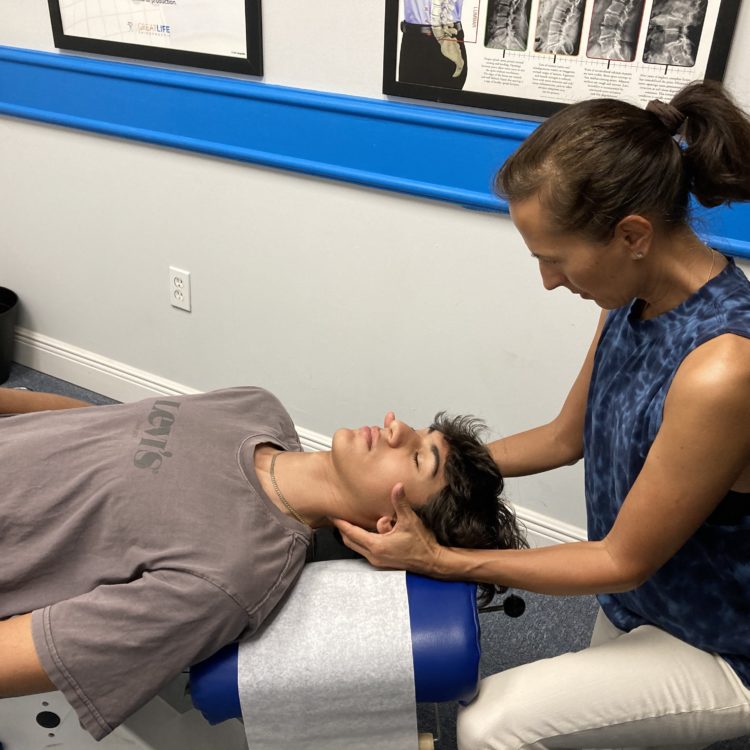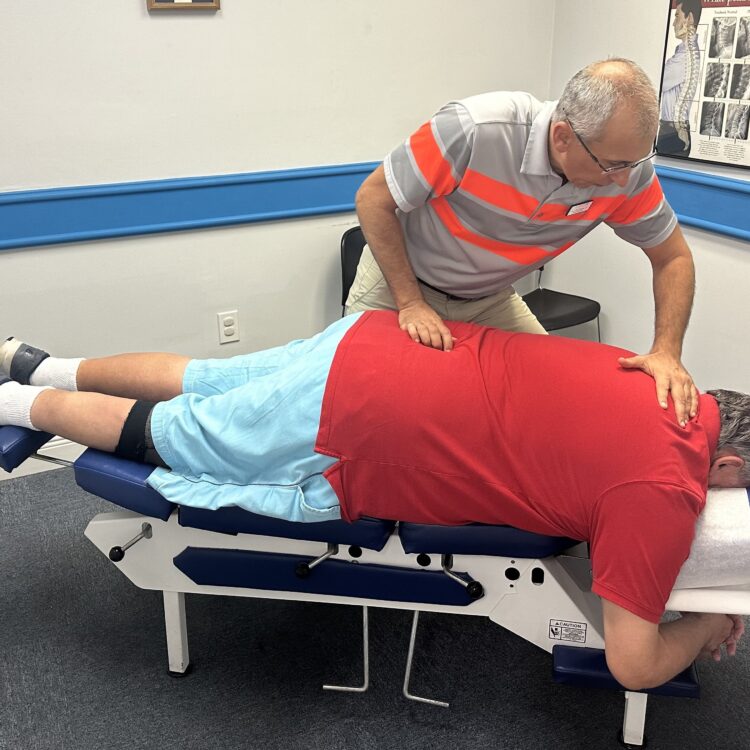Our Techniques
We use a number of highly-effective adjusting approaches to help improve and correct spinal biomechanics and reduce nervous system interference. The approaches we use are based on our clinical judgment and years of experience.
The primary adjusting techniques we use include:
Chiropractic Biophysics®
Chiropractic BioPhysics® (CBP) is a technique that emphasizes optimal posture and spinal alignment, and how an unhealthy spine affects the body. It involves the application of physics and biophysics to chiropractic practice. The aim is to restore normal, healthy posture. This technique incorporates a number of different methods including: mirror image posture adjustments, rehabilitative exercises and cervical extension traction. This technique targets the overall positioning of the spinal column rather than individual vertebrae for longterm spinal correction.
Activator Methods®
This is a system of spinal evaluation combined with a handheld adjusting instrument that delivers a consistent, low-force thrust. It is one of the most popular “low force” chiropractic techniques in the world. Because it’s many times faster than adjustments delivered by hand, the body rarely tightens to resist, making adjustments comfortable and effective. It’s also helpful for adjusting elbows, wrists, knees and other joints of the body.
Thompson Technique
Thompson Terminal Point technique is a system of analysis and a special table that reduces the amount of energy needed to adjust your spine. What patients often notice first is our segmental “drop” tables. Individual cushions or “drop pieces” located along our table surface support each area of your spine until the thrust is delivered. Then, each drop piece gently gives way, reducing the amount of energy needed to move a specific spinal segment.
Diversified
After identifying which vertebrae have lost their normal motion or position, a specific manual thrust is applied to free up spinal joints. The direction, speed, depth and angle that are used is the result of years of experience, practice and a thorough understanding of spinal mechanics. The improved spinal biomechanics then reduces nervous system interferences.
Cranial Adjusting Technique
There are 22 cranial bones that can move in 6 different directions. This technique focusses on the cranial bones and any misalignments or abnormal positioning, that may be causing neurologial dysfunction. Cranial adjusting technique applies energy in a specific direction to help the cranial bones back into a healthy alignment.
Tonal Technique
Tonal or nervous system centered chiropractic techniques are not muscle or bone based but rather focus on the nervous system and the related changes in a person’s physiology. It is a refined and very gentle model of chiropractic using light touch, that is focused on giving you the most precise and least invasive adjustment possible. This is important for two main reasons. The first being that since minimal force is used to adjust you, your body learns to do more with less and stays in developmental growth and balance.
Webster Technique
By releasing the stress on a pregnant woman’s pelvis, the uterus and surrounding ligaments relax, permitting the baby to turn naturally. Sacral vertebral subluxations may cause the tightening and twisting of pelvic muscles and ligaments, constraining the uterus. The goal of the adjustment is to reduce the effects of vertebral subluxation and the associated dysfunction of the sacroiliac joint.
If you’ve been to a chiropractor before and prefer to be adjusted in a particular way, let us know. We want you to relax, enjoy and fully benefit from your chiropractic care at our center.


Book Online
Please choose the preferred day and time for your appointment. After you schedule, one of our Great Life team members will follow up with you to confirm your appointment.

